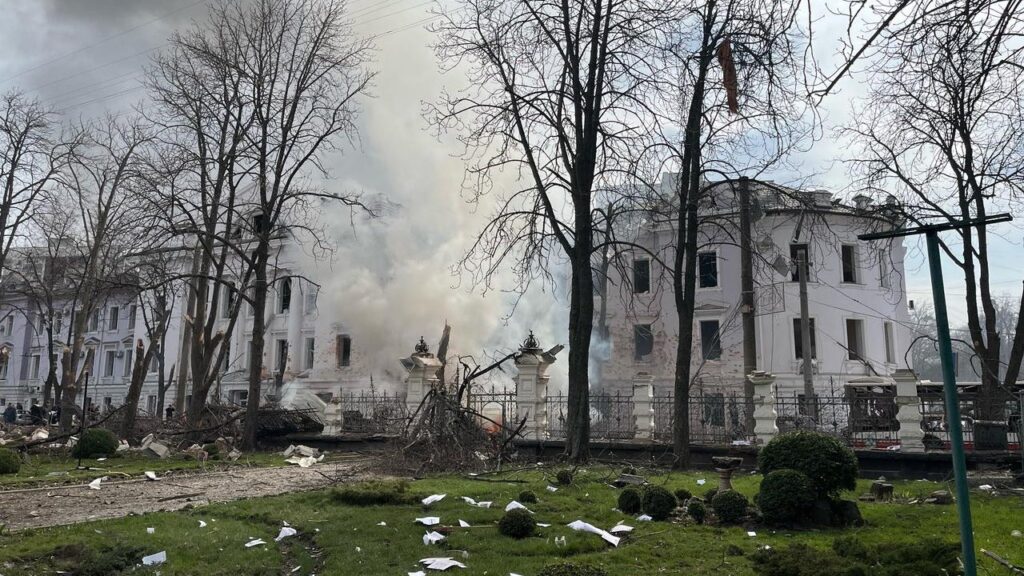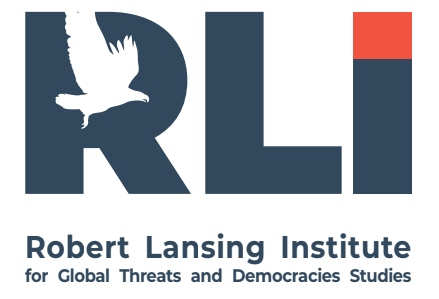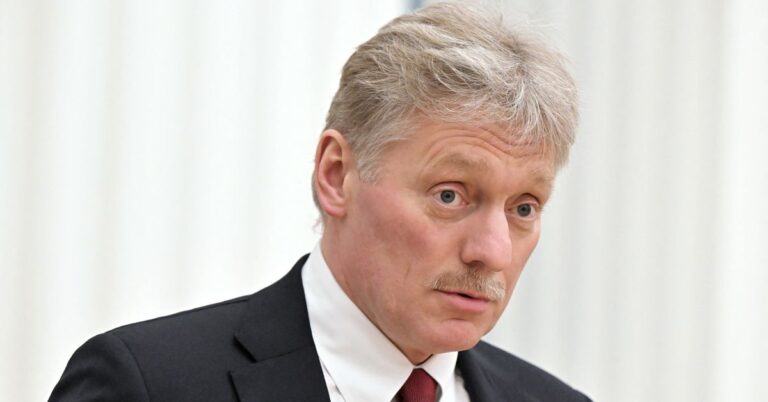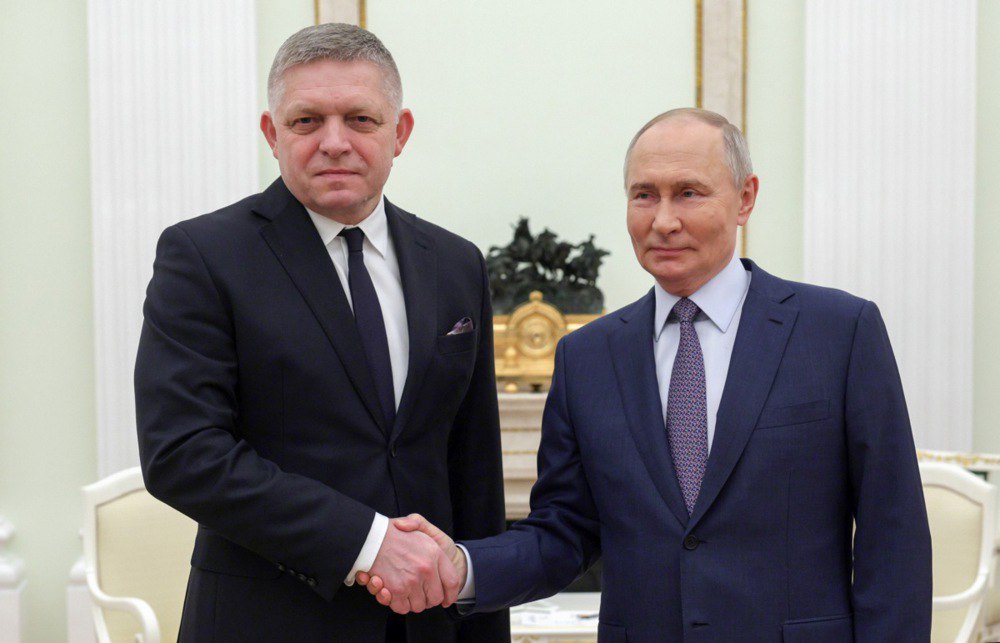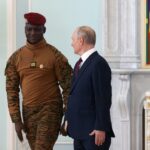- Putin’s 9th May ceasefire is symbolic, not sincere—it is a propaganda tool aimed at domestic audiences and Western skeptics.
- Trump’s likely positive reaction serves both leaders’ political goals: Putin as the peacemaker, Trump as the dealmaker.
- The ceasefire is unlikely to be fully observed by Russian forces, based on long-standing patterns of weaponizing truces.
- The announcement aims to fracture Western unity, appeal to war-weary voters, and sow doubts about continued support for Ukraine.
- While it may offer tactical pause, the move is strategic theater designed to reset the diplomatic narrative—not end the war.
Why 9th May? The Power of Historical Symbolism
Putin’s choice of 9 May for declaring a ceasefire is deeply calculated. Known as Victory Day, it marks the Soviet Union’s triumph over Nazi Germany in 1945 and remains Russia’s most potent patriotic holiday. By tying a ceasefire to this date, Putin:
- Frames Russia as the moral victor and defender against “Nazism”, a propaganda narrative he’s used since the start of the invasion.
- Attempts to re-legitimize the war at home, dressing a bloody and faltering campaign in the mythic robes of the Great Patriotic War.
- Sends a symbolic message to the West that Russia is open to peace—but only on its terms.
This choice also aims to reset the information war, presenting Russia not as the aggressor, but as a responsible actor seeking to honor fallen soldiers through a pause in fighting.
Trump’s Calculated Reaction: Echoes of “Peacemaker” Branding
Former President Donald Trump is likely to welcome this ceasefire with cautious optimism or overt praise, framing it as:
- Validation of his claim that only he can “end the war in 24 hours” by negotiating with Putin.
- Evidence that diplomacy, not arms, is the path forward—a message designed to resonate with war-fatigued voters.
- A subtle rebuke of the Biden administration, portraying it as prolonging the war rather than ending it.
But this reaction plays into Putin’s strategy. Any American division or hesitation benefits Russia. Trump’s praise may legitimize a tactical Russian pause, allowing Moscow to regroup, rearm, and control the diplomatic narrative.
The Pros and Cons of the Ceasefire
Pros:
- Temporary humanitarian relief: Civilians in targeted regions may experience a brief respite.
- Diplomatic opening: Could offer a window for third-party mediation (e.g. China, Turkey, or even the Vatican).
- Testing ground for Western response: Helps gauge how firmly Washington and Brussels support Kyiv amid electoral pressures.
Cons:
- Likely violation by Russia: Past ceasefires (e.g. Easter 2024, New Year 2023) were routinely violated by Russian forces.
- Military exploitation: Russia may use the lull to regroup, move troops, or reinforce positions under the cover of “peace.”
- Propaganda tool: Recasts Russia’s image to audiences in the Global South and wavering EU members (e.g. Hungary, Slovakia).
- Undermines Ukraine’s position: Creates pressure on Kyiv to also “pause,” even as it fights to regain lost territory.
Will Putin Observe the Ceasefire? Historical Patterns Say No
While the Kremlin will announce the ceasefire with theatrical grandeur, it is unlikely to be fully observed:
- Past precedents: Russia broke ceasefires in Chechnya, Syria, Georgia, and Ukraine repeatedly, often within hours.
- Strategic advantage: Ceasefires allow Russia to gain breathing room without concessions—an old Soviet military tactic.
- Chain of command issues: Russian units, including irregulars and private military groups like Africa Corps or volunteer battalions, operate with limited centralized control.
Thus, observers should view the ceasefire not as a path to peace but as a weaponized pause.
Other Key Issues
- Impact on Ukrainian morale and diplomacy: Kyiv will be forced to weigh the political costs of rejecting a ceasefire, even if it suspects it’s a ruse.
- Global South reaction: Countries like Brazil, South Africa, and India may welcome the move, increasing pressure on Western leaders to negotiate.
- EU and NATO fracture risk: Putin’s ceasefire can be used by populists in Europe to argue against continued arms shipments to Ukraine.
- Russian domestic messaging: The ceasefire on Victory Day enables grand parades and patriotic media while avoiding the optics of simultaneous battlefield losses.
Putin’s 9th May ceasefire is not a peace overture—it is strategic optics. Trump’s likely applause will serve both men’s narratives, while Ukraine and its allies must navigate a minefield of propaganda, tactical deception, and global pressure. The war is not pausing—it is merely shifting phase.
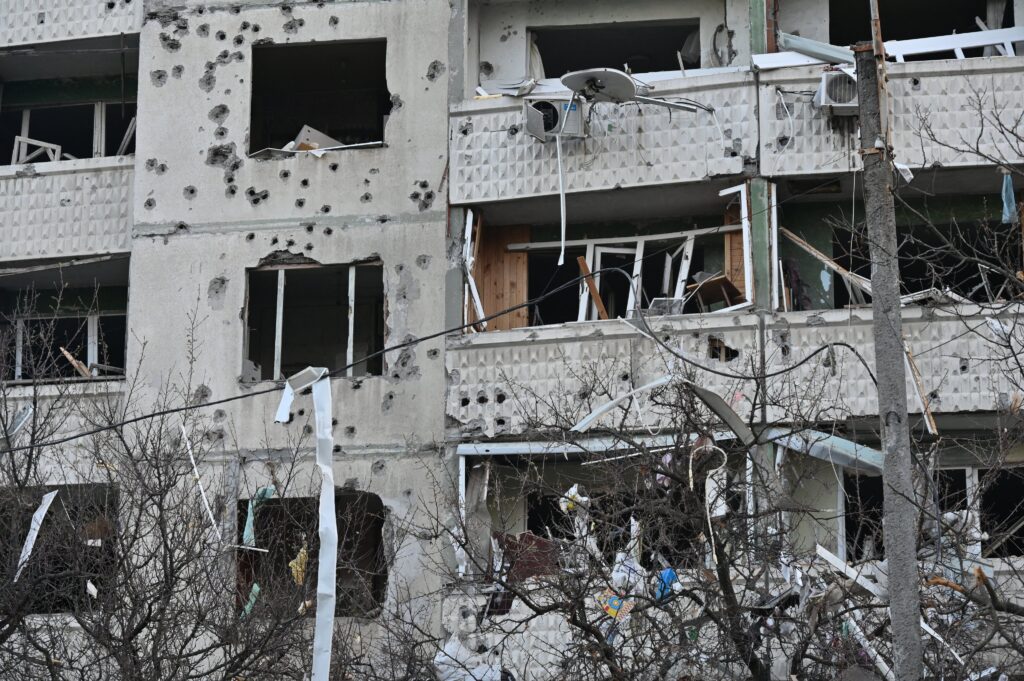
More on this story: The Broken Easter Ceasefire: Russia’s Rejection of Restraint in Ukraine
